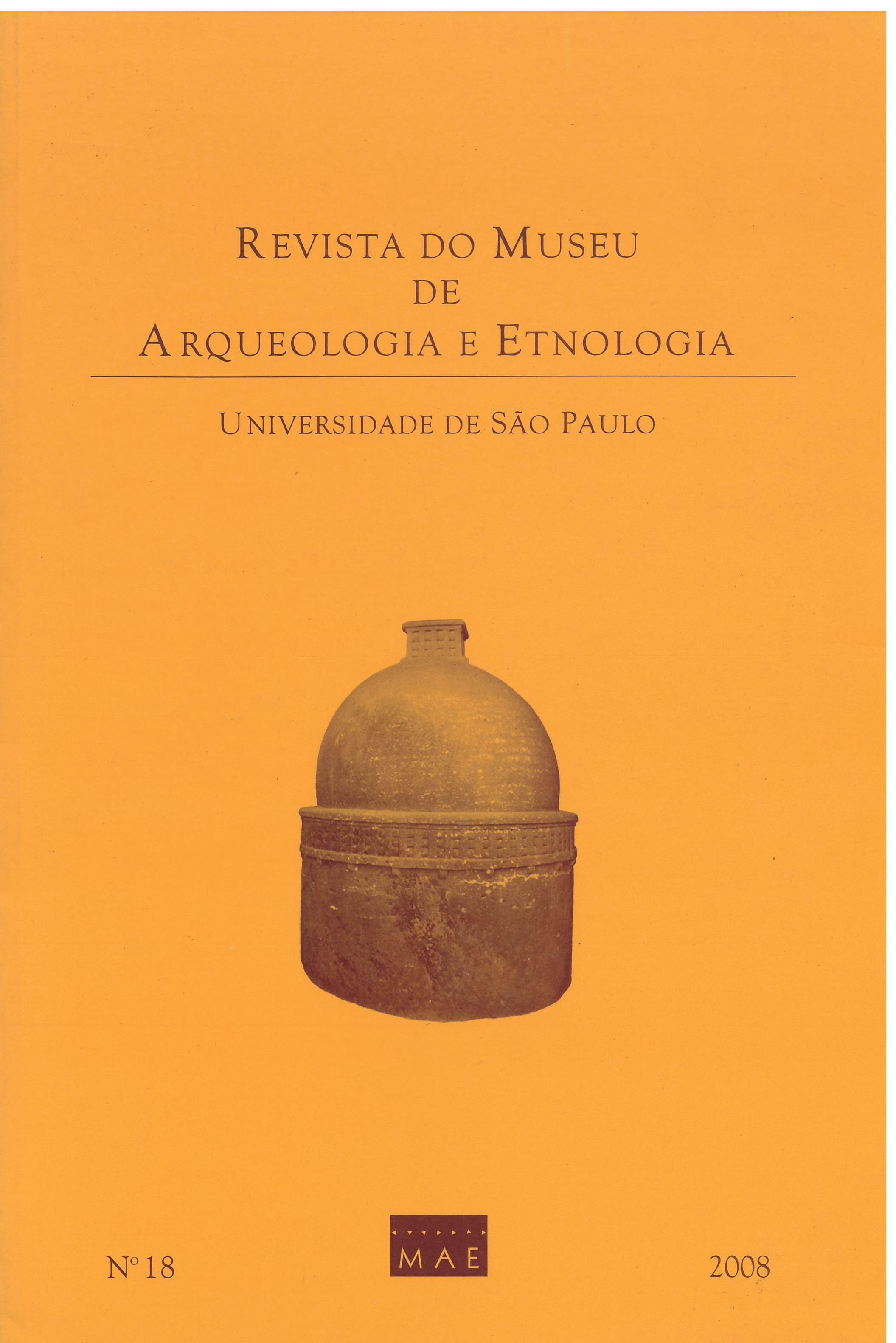A site of the Aratu ceramic tradition in Apucarana, PR
DOI:
https://doi.org/10.11606/issn.2448-1750.revmae.2008.89828Keywords:
Apucarana, Aratu site, Contact with ItararéAbstract
The paper describes an archaeological site discovered in the city of Apucarana, PR, whose most important objects are typical of the ceramic tradition named Aratu, known from investigations in Central Brazil; but there are also important elements of the ceramic tradition named Itararé, known from studies in South Brazil. The settlement was established on a hill, that divides the waters of three important rivers: the Tibagi, the Pirapó and the Ivaí, tributaries of the Paranapanema River. The climate of the place is sub-hot, the atmospheric precipitation about 1.500 mm, the soil is rich, and the vegetation is tropical forest, bordering a subtropical forest whit Araucaria angustifolia. The site was dated, by AMS, AD 1390-1430, time when the Aratu tradition had established settlements in the Northeast, in the Central-west and in the Southeast of the country, in areas of dense Atlantic forest, in areas of ecological tensions in the “Cerrado” environment and in the tropical forest. To clarify the site’s position in the Aratu tradition, the paper recapitulates the most important data about the mentioned culture.Downloads
Download data is not yet available.
Downloads
Published
2008-12-09
Issue
Section
Articles
License
Copyright (c) 2008 Pedro Ignácio Schmitz, Jairo Henrique Rogge

This work is licensed under a Creative Commons Attribution-NonCommercial-NoDerivatives 4.0 International License.
How to Cite
SCHMITZ, Pedro Ignácio; ROGGE, Jairo Henrique. A site of the Aratu ceramic tradition in Apucarana, PR. Revista do Museu de Arqueologia e Etnologia, São Paulo, Brasil, n. 18, p. 47–68, 2008. DOI: 10.11606/issn.2448-1750.revmae.2008.89828. Disponível em: https://www.journals.usp.br/revmae/article/view/89828.. Acesso em: 15 may. 2024.













